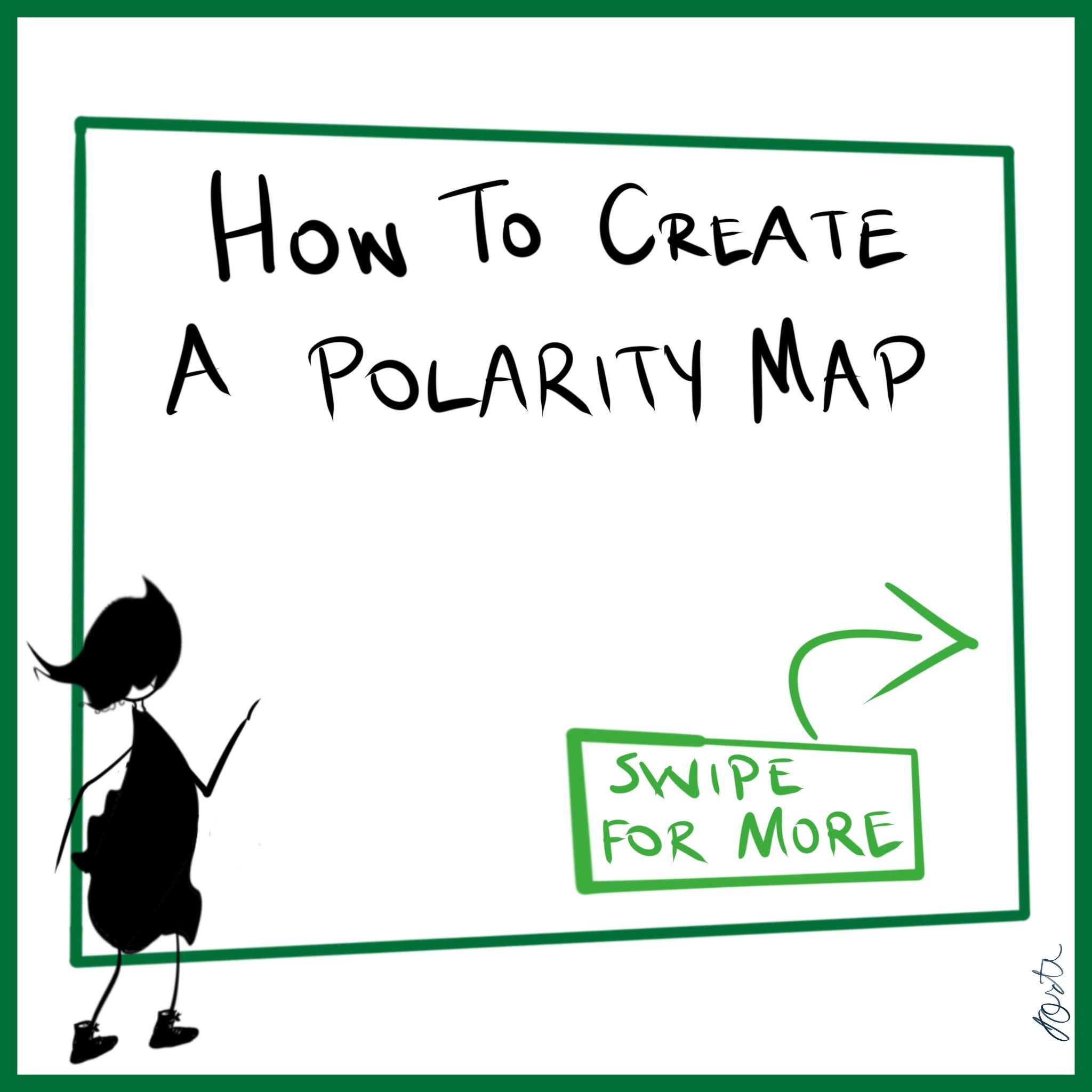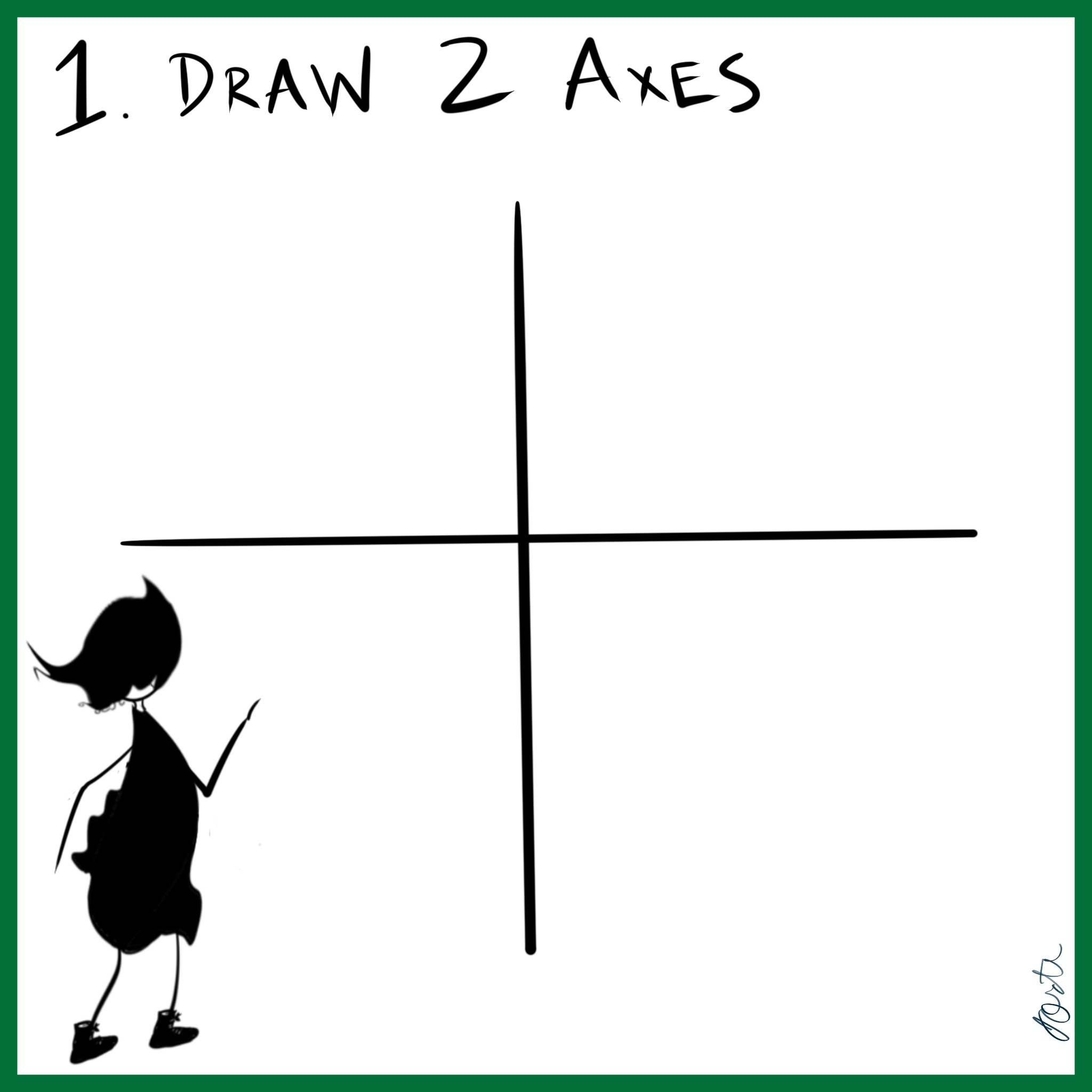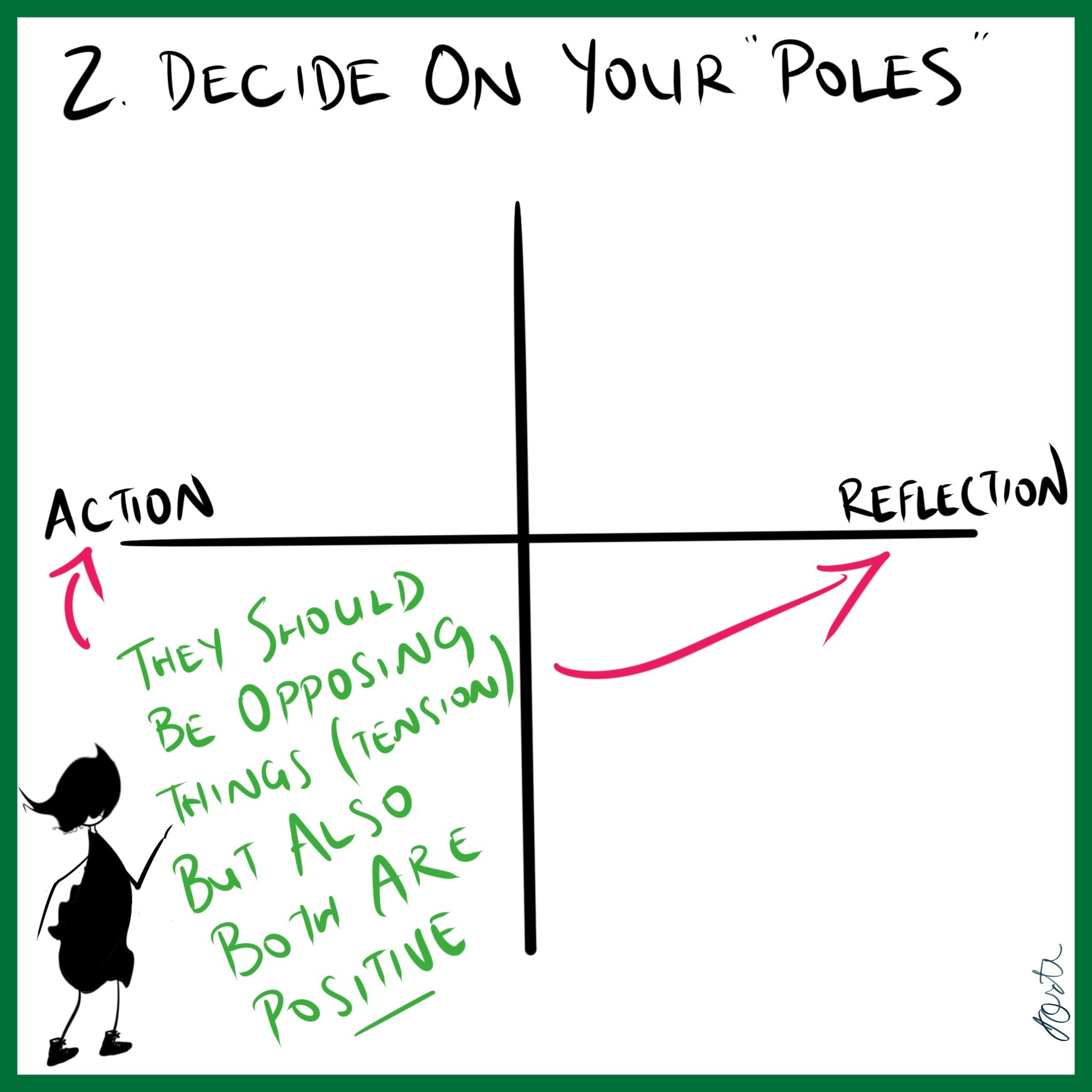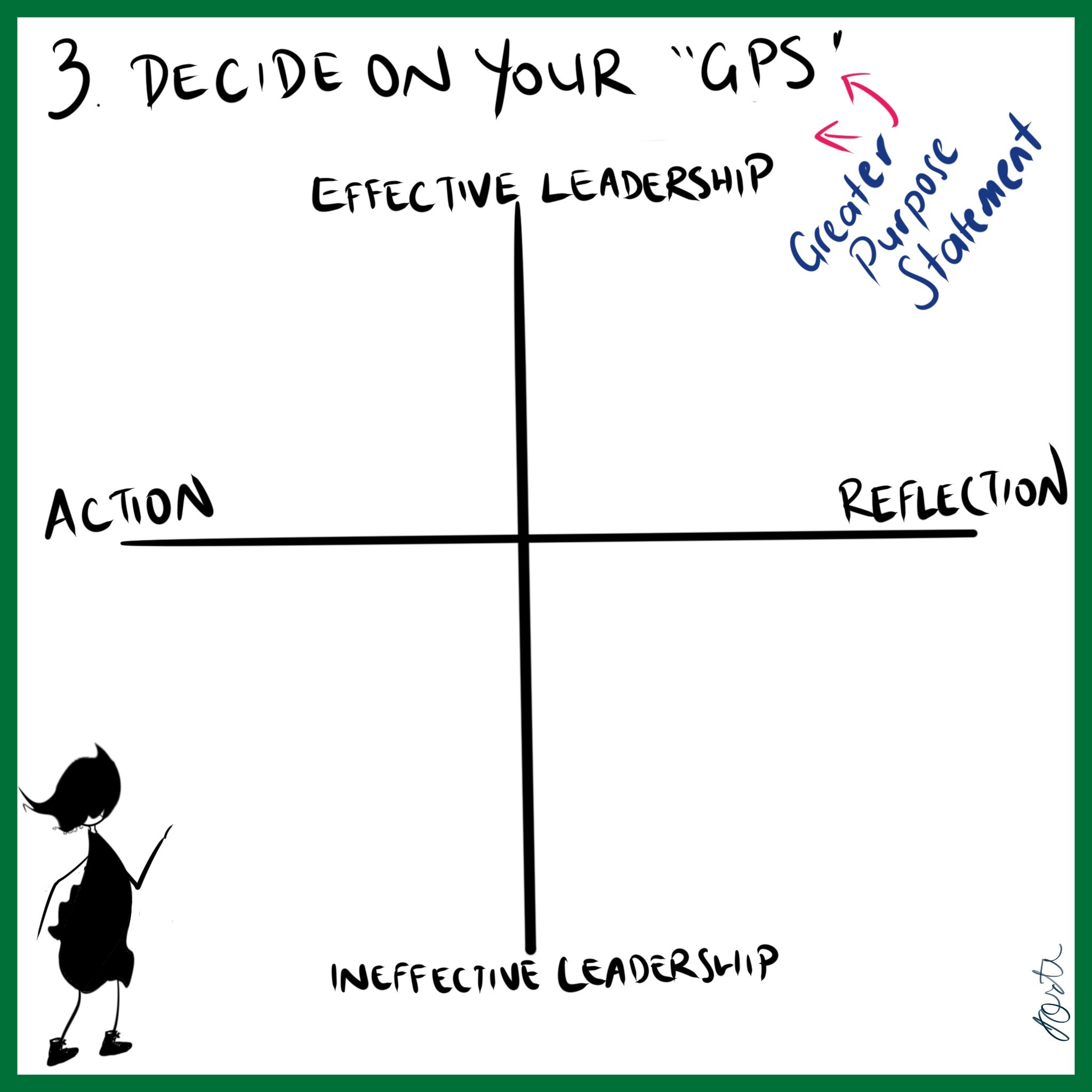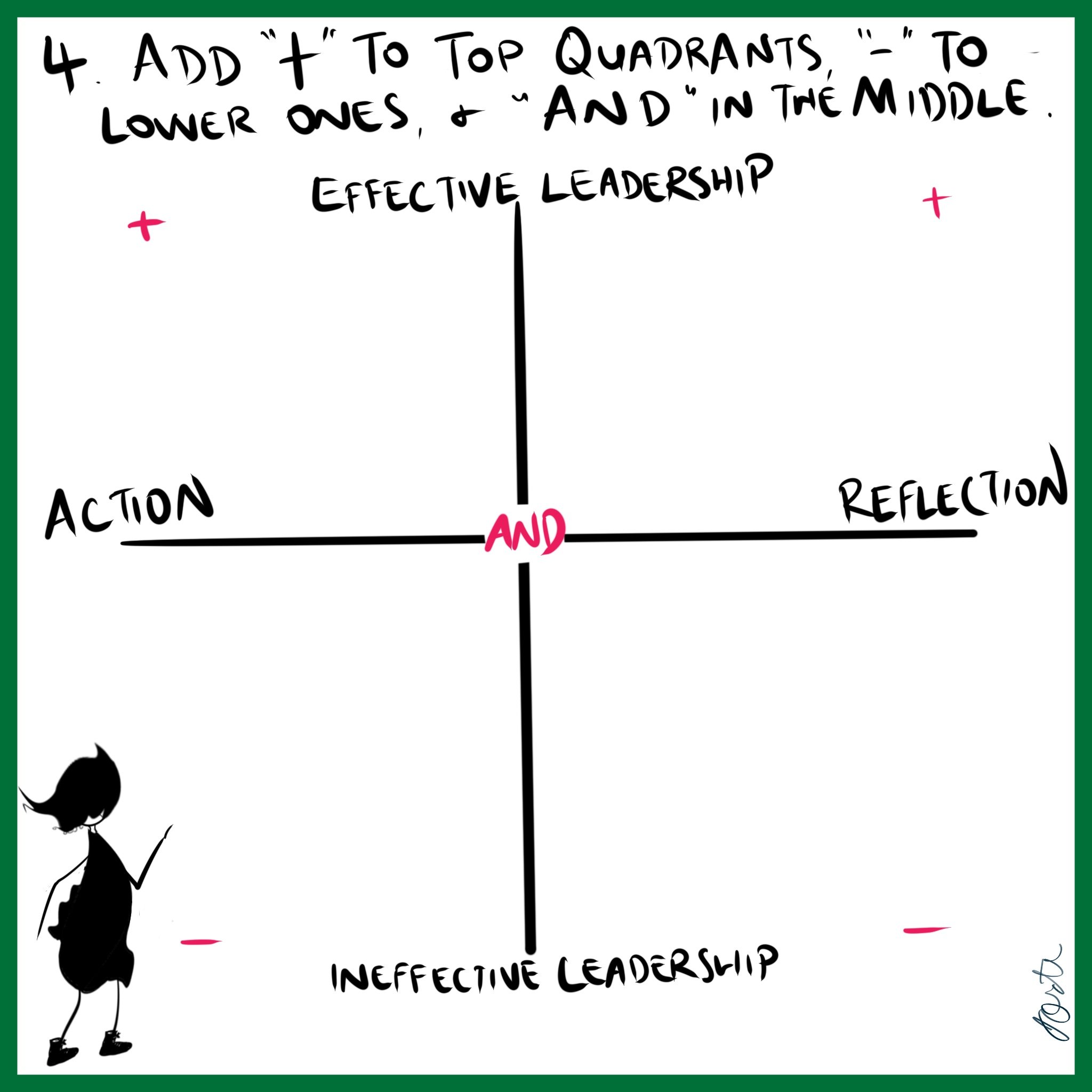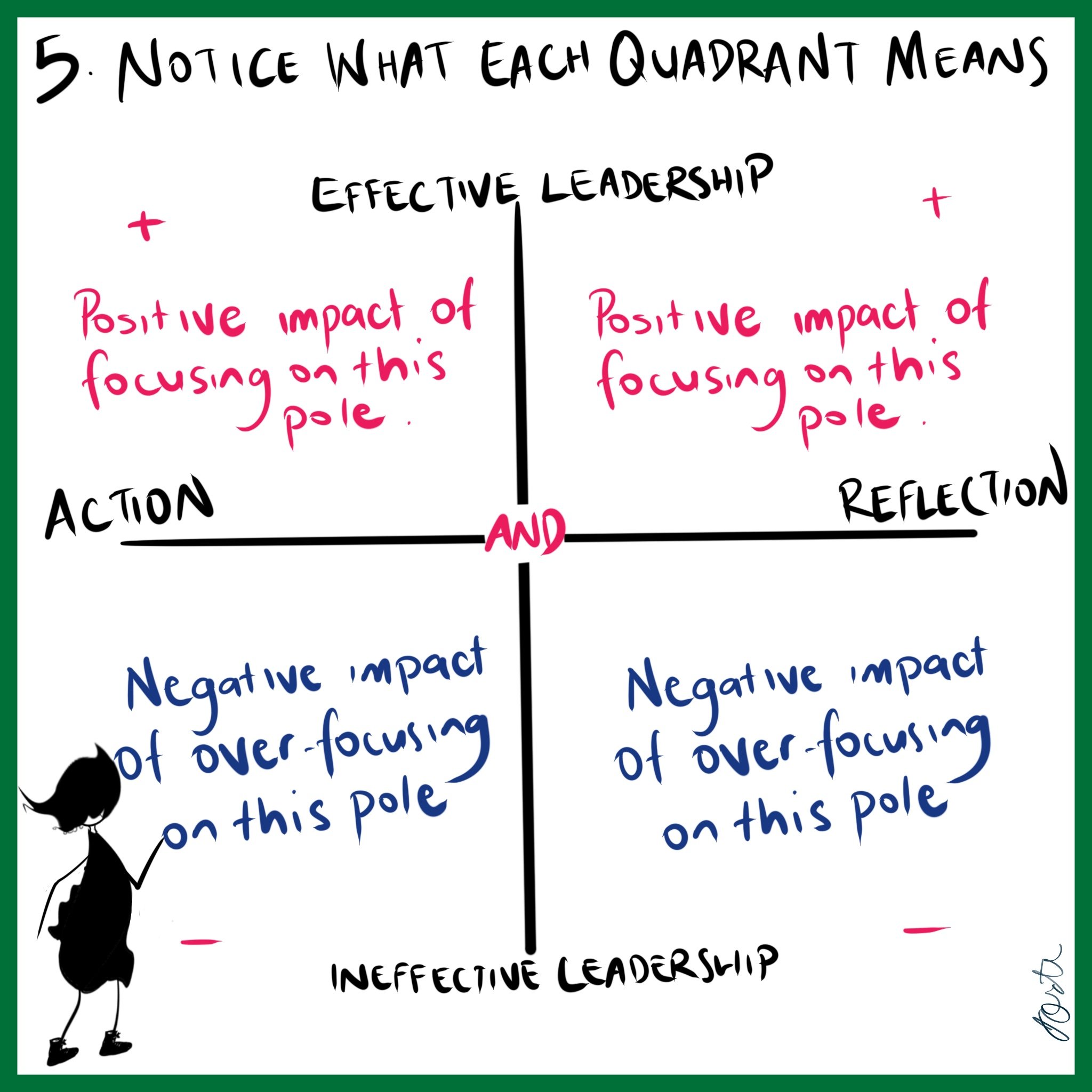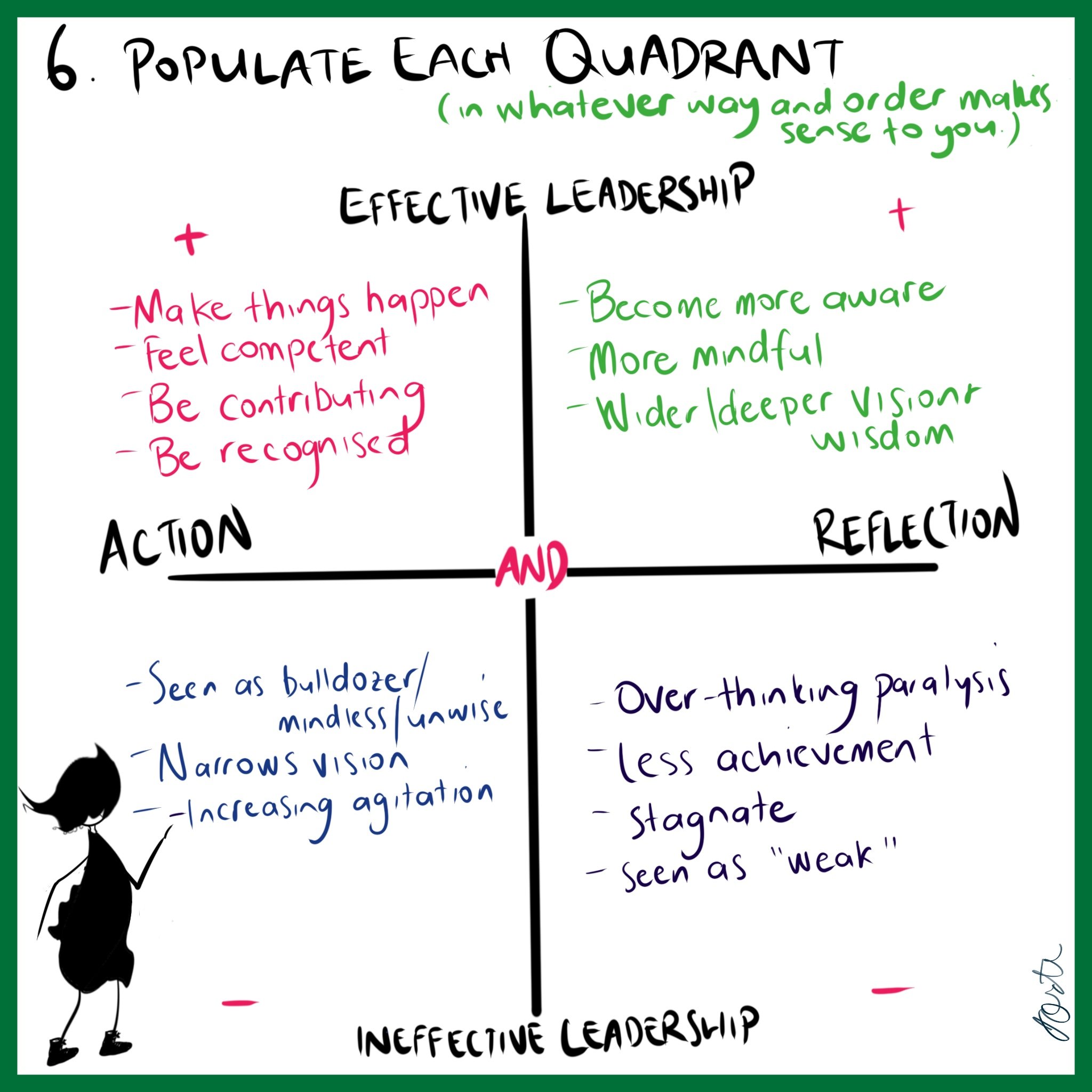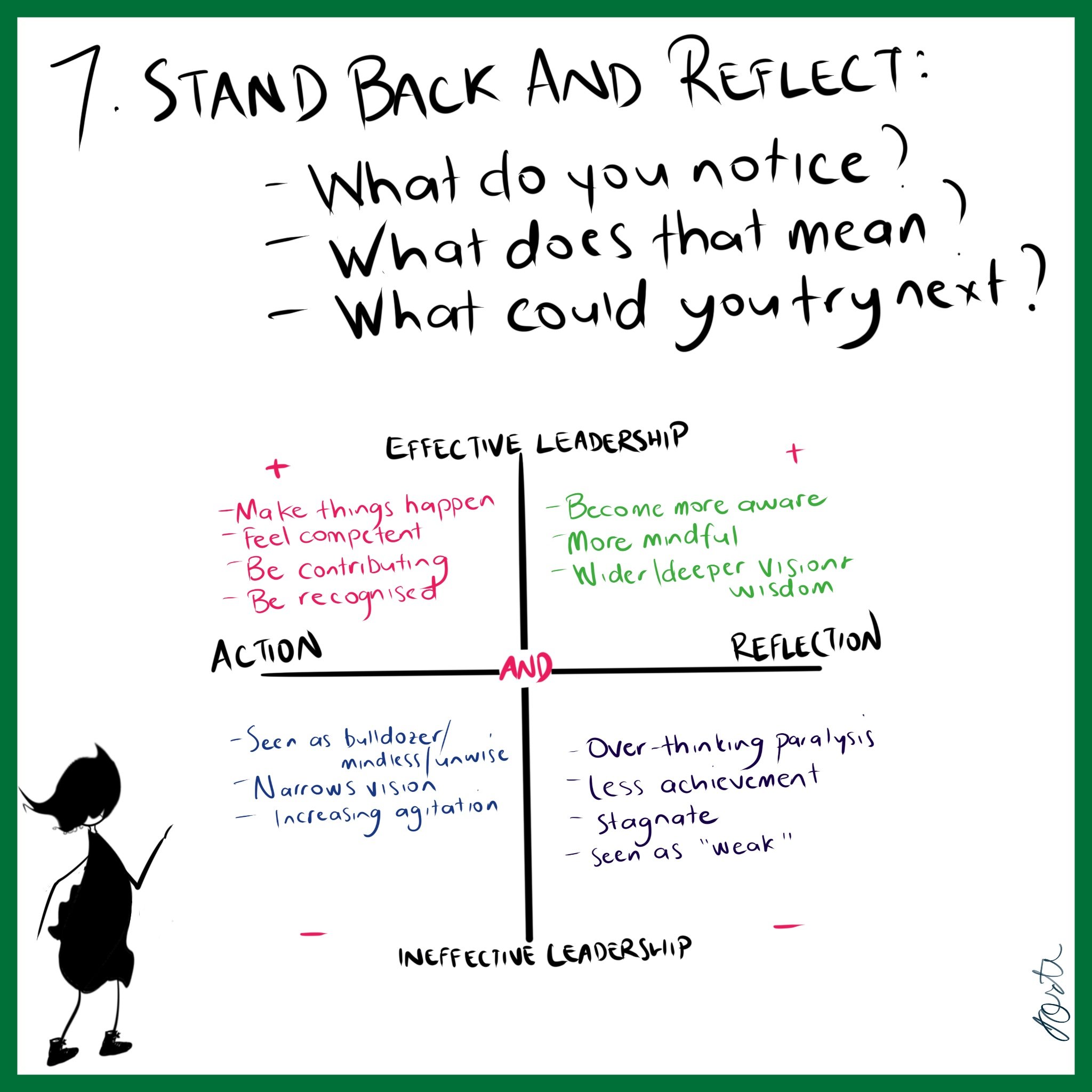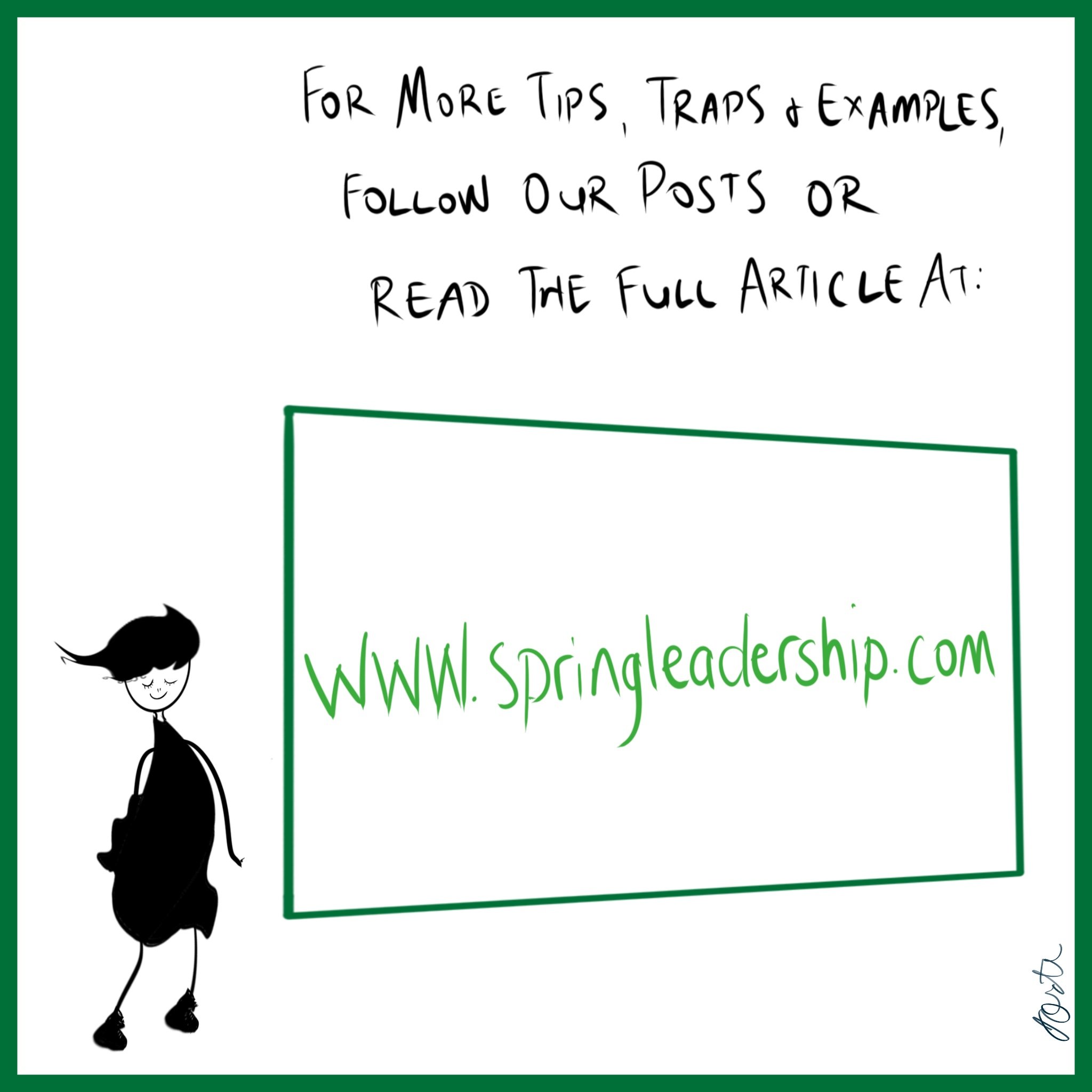Navigating Challenges with Polarity Thinking: A Fresh Perspective for Senior Leaders
Words by Joanne Ostler
(Barry Johnson is the original creator of the Polarity Map® and Polarity Thinking™).
We often look at the challenges we face as problems to solve rather than polarities to navigate.
For example:
In today’s environment, with political and economic uncertainty, organisations may be weighing up restructures and cost reduction with a focus on efficiency. But at some point in the future (assuming the organisation weathers the storm), the focus may shift to one of growth and expansion.
On an individual level, we may swing between caring for others but when we burn out, realising we need to care for ourselves, too.
These challenges are enduring. They do not have a single “right answer” or “solution”. They need both/and rather than either/or thinking. (Andiron [1] calls it ‘The Third Way’ when we make a shift from “either/or” to “both/and” thinking).
Taking a both/and perspective is what’s called Polarity Thinking. But in order to do that, we have to first realise that there are possibilities for polarities. This is actually pretty hard to do especially when we’re busy and facing many interruptions and disruptions making it difficult to tap into our quiet and more creative, intuitive parts of our minds. (If like me, you’ve ever had an insight while showering or out walking, you might relate to this).
What is the difference between a problem and a polarity?
Problems have a best or right answer (e.g. 2 + 3 = 5). Whereas a polarity has no single definitive answer. Humans tend to like solving problems but when we're under pressure, we are less able to tap into our intuitive and experiential wisdom when we face a difficulty at work or home. Instead we want to look for the right answer to solve the issue. This is also why coaching spaces are effective. It offers a space to reflect, clarify and challenge our thoughts.
What is a polarity?
You might think of a polarity as a paradox or a tension you face. Each of the two poles are part of the same whole and both parts are useful. For example, to build and maintain a healthy body, how much should we rest or be active? Or as a leader, how much time is useful to set aside for doing versus reflecting? A polarity lens helps us look at both opposing dimensions so we can clarify the value (and risks) inherent in focusing (or over-focusing) on each side.
Introducing the Polarity Map
A Polarity Map is a tool for broadening our perspective to see more of the landscape and take a more conscious approach.
In a predictable world where cause and effect can be known in advance, problem solving - zooming in to look for the one right or best solution - makes sense. But in an unpredictable world, where cause and effect cannot be known in advance (maybe you can recognise a pattern in hindsight but not in advance), it's useful to zoom out to take a broader system perspective that considers both sides of the polarity.
Benefits of polarity mapping
Expanding Your Toolkit: Using Polarity Maps helps you address complex challenges that lack clear-cut solutions.
Makes Habits of Mind More Visible: The tension created in working through this model helps to identify habits of mind (perhaps, forms of mind, too) and barriers to challenging those habits. Once we see these and the underlying drivers supporting these thinking habits, we may then choose to challenge ourselves (e.g. by using curiosity to explore how these habits affect our experiences).
Speed and Sustainability: Gaining familiarity with Polarity Mapping may enhance your ability to navigate change efficiently and sustainably, enabling your organisation to thrive in an ever-shifting landscape.
Chronic Conflict Resolution: Polarity Thinking can offer a way of addressing chronic conflicts within your team or organisation by fostering inquiry, diversity of perspectives and a more holistic frame.
VUCA Preparedness: Helps equip leaders for an increasingly volatile, uncertain, complex and ambiguous world.
Strengthen Connections and Collaboration: Offers options to use the tool not only individually but also collaboratively with teams and peers. Thus increasing the strength of relationships and connections as well as paving the way for more shared understanding.
What are the risks of seeing paradoxes as problems to solve rather than polarities to navigate?
If we get stuck trying to find the one “right answer”, oddly it may make us blind to the bigger picture and reduce our likelihood of finding a sustainable way forward.
If we treat a polarity as a problem and try to force a solution, we also risk entrenching resistance to change.
So what keeps us looking at paradoxes as problems to solve? Examples are things like:
Trying to conserve time and energy - polarity maps take time and brain energy (and our brains naturally prefer to conserve energy).
Fear that we won’t get the dopamine hit (or ego-boost) from “solving” the problem.
Fear of being overwhelmed with possibilities and getting stuck in over-thinking and indecision.
Consciously considering the biggest risks you see, can help shift your thinking.
Side note: In adult development terms, this mental yoga may open a growth door for you by helping you to make what Robert Kegan [2] identified as a vital ‘subject-object shift’. That is, instead of the fear having you (i.e. you’re subject to it), you can see and hold the fear, as you might hold an object, and turn it over to look at it from different perspectives.
If you’d like to consciously consider your own perspectives, you might find questions such as these helpful for stretching your thinking (a bit like doing some serious yoga with your mind!):
What’s the risk if we do (or we don’t) see this as a problem to solve?
Similarly, what’s at stake if I/we create space for exploring this as if it’s a polarity to navigate?
What’s the hardest thing (for the team, and for you personally?) about stepping away from seeing an issue as a problem to solve?
How to create a polarity map
Consider using a Polarity Map template: There are a number of excellent templates and resources available from sources, such as https://andiron.com/navigating-polarities/ and https://polaritypracticetools.com/.
Step 1: On paper, screen, or whiteboard, draw two axes.
Step 2: Decide on your two poles: That is, the two opposing but positive dimensions that ideally need to coexist.
Step 3: Decide on your GPS (Greater Purpose Statement): This is your overall goal, relevant for the Polarity Map you are creating. Examples of Greater Purpose Statements might include: “Thriving Organisation”, “Effective Leadership”, “Fulfilment and Wellbeing”, “Respectful Relationships”). Similarly, at the bottom of your map you might like to add in the opposite of your GPS, for example, “Ineffective Leadership”.
Step 4: Add “+” to top quadrants, “-” to lower quadrants, and “And” into the intersection of your axes.
Step 5: Notice what each quadrant means:
Top left: the positive impact of focusing on the left pole
Top right: the positive impact of focusing on the right pole
Bottom left: the negative impact of over-focusing on the left pole
Bottom right: the negative impact of over-focusing on the right pole
Step 6: Populate each quadrant. Begin filling in your Polarity Map in the order that feels most natural to you until you have filled all four quadrants of your map.
Step 7: Stand back and reflect. Now you have completed your map you might like to consider:
What do you notice?
What does that mean?
What could you try?
Step 8: This activity is great for individuals and/or for teams. Would you like to talk this over with others? Who and when/how? Or would you like to consider creating maps together with your team?
If you’d like to see a visual step by step simple example of the steps above, please check out our slide deck below (Scroll to the right).
Identifying your polarity’s poles
This is often the hardest part, and in itself can lead to insight.
To effectively create your Polarity Map, spend some time brainstorming and exploring potential poles. Here are some thought-provoking questions to guide you:
What is your most significant challenge right now?
Where do you notice tension around this challenge?
What could be one of the poles, and what might be its opposing pole? (Remember, both poles are positive.)
Polarity examples
Self-care & Other care
Individual interests & Team interests (or Organisational interests)
Growth focus & Cost reduction focus
Supporting & Challenging
Short-term focus & Long-term focus
Stability & Change
Advocating & Being curious
Confidence & Humility
Patience & Action
Directness & Diplomacy
Tasks & Relationships
Planned & Emergent
Common challenges that can come up when mapping polarities
Treating one pole as “good” and the other as “bad”, as in polar opposites. This is not how the map is designed to be used. Both sides of a polarity are useful and should have positive labels. (For example, rather than create a polarity map with the poles of Efficiency (good) & Inefficiency (bad), a more effective polarity map might include the poles of Efficiency & Effectiveness.) Remember, it’s an over-focus on one side or another that creates negative impacts.
Not realising that it’s normal to be in the lower quadrants from time to time. This is part of a healthy, adaptive system. Our goal is not to eliminate the natural cycle but to flow between the quadrants in a way that minimises time and depth in the lower quadrants. It’s the fear of dropping into the lower quadrants that gets us stuck. To unstick, clarify the upsides and acknowledge (out loud or in writing) the downsides so they become less scary.
Thinking the goal is to be in the middle and perfectly balanced. Again, our goal is to have a living and thriving system that is able to be flexible and adaptive.
Not realising there are many (possibly infinite) maps.
Not creating adequate time or quality space to really get the best out of the process.
More polarity mapping tips
Consider using polarity maps individually and/or with your team (and your coach).
There’s an old saying that there’s “wisdom in the tension”. If you lean into the tension, embrace (endure?) the discomfort, seek different perspectives, and bring an open and inquiring mind, what might you be able to see that you couldn’t before?
Allow time and space to reflect on what’s being created. There is much value in making the poles, and each of the quadrants visible and open for explorative and rich conversations.
Consider the usefulness of GPS at the top - how clear is your goal? Is it even useful to have a clear goal (or not?).
Perhaps paradoxically, by affirming the upside of one pole we may be able to more easily see the upside of the other pole, too.
Be aware of the possible risks and benefits if you’re considering using AI to help develop polarity maps. One client explained how using AI helped them identify blindspots and possible sources of tension. They told me that their process of trying out AI and of figuring out the prompts for AI, helped them to think differently. On the other hand, using AI may come with limitations and risks. It might be useful to ask oneself, “If I’m using AI to develop my map, what am I missing out on?”, “What’s the risk of doing so?”, “How’s the depth of my personal engagement with this process?”, “Are the insights as meaningful?” Perhaps there’s even a polarity map in this: Outsourcing & In-sourcing (spending time and energy yourself)?
Notice the infinity loop on Polarity Partnerships’ Polarity Map resources [4]. If you go to their website homepage, you’ll see a moving infinity loop pictured on their examples. The infinity loop shows a normal and healthy flow of movement between poles. Notice also that it is normal to drop into the lower quadrants. The fear of doing so can be a reason we get stuck. The map itself, along with the visual representation of an infinitely looping cycle, helps to not only bring awareness to positives of opposing poles, but it also helps identify “early warning signs” (unintended consequences) occurring from an over-focus on one pole.
Embracing polarity mapping as a framework to support and challenge thinking may offer opportunities to view complex challenges through a fresh lens, one that acknowledges the need for both/and thinking in a world where either/or thinking falls short.
Using a polarity lens offers a tried and true way to expand beyond one’s problem-solving toolkit, and enable us to address chronic conflicts, navigate change, and ultimately enhance our leadership effectiveness.
References:
[1] Andiron. Retrieved 11 November 2023. https://andiron.com/navigating-polarities/
[2] Kegan. R. (1983). The Evolving Self: Problem and Process in Human Development, Cambridge, MA, USA. Harvard University Press.
[3] Liberating Structures. Retrieved 11 November 2023. https://www.liberatingstructures.com/9-what-so-what-now-what-w/
[4] Polarity Partnerships. Retrieved 15 November 2023. https://www.polaritypartnerships.com/

